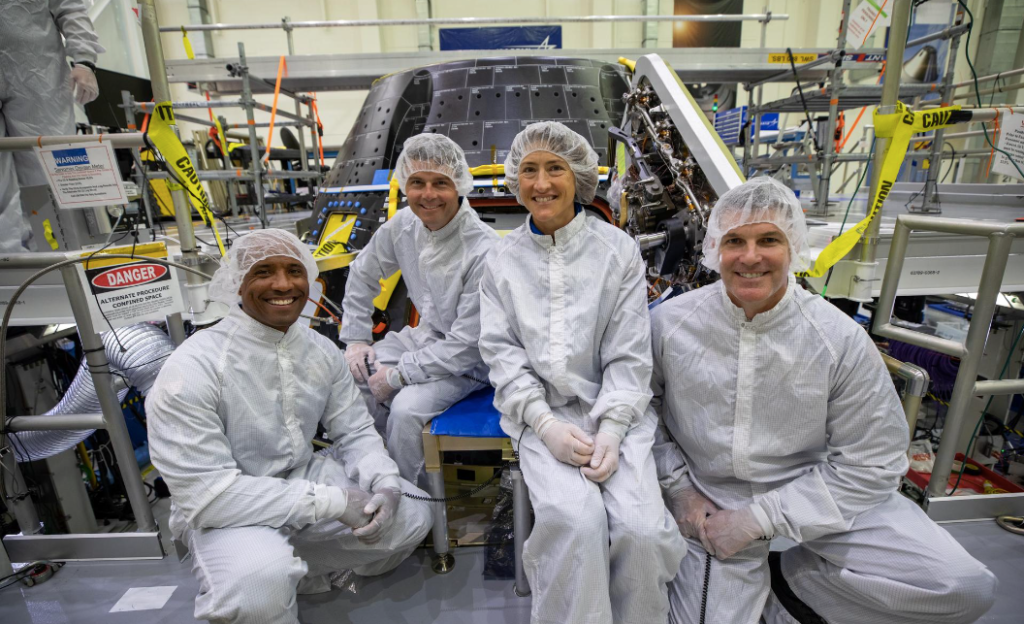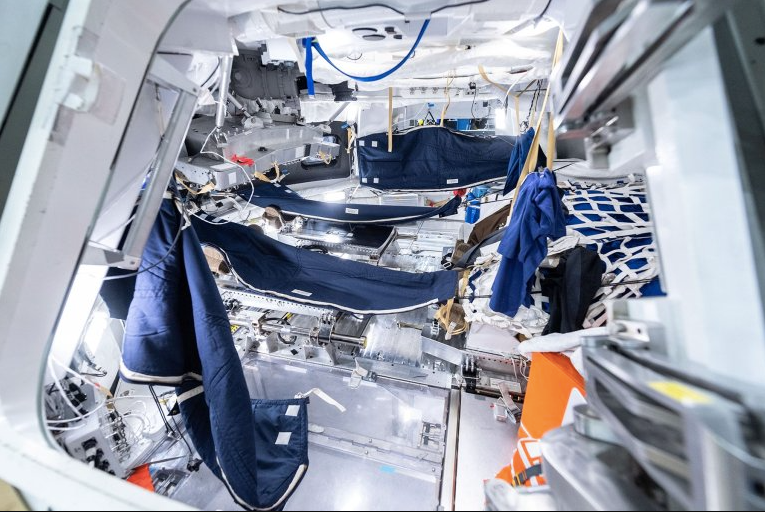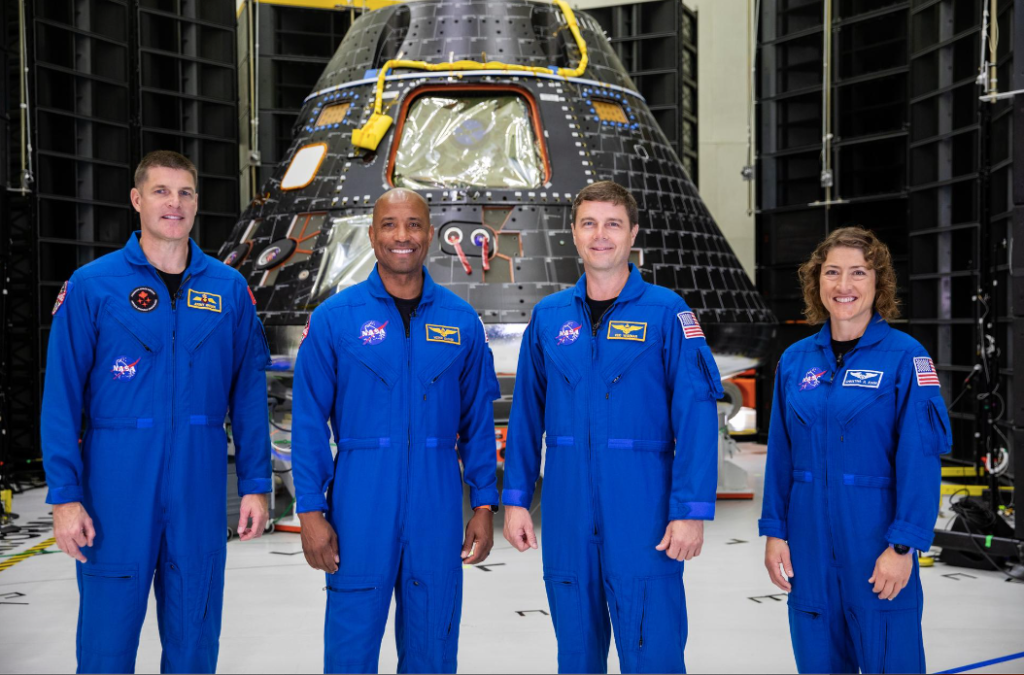|
Getting your Trinity Audio player ready...
|
NASA’s upcoming Artemis II Moon mission promises to be a historic event as four astronauts embark on a journey around the Moon within the confines of the Orion spacecraft. This mission will mark the first close encounter with our celestial neighbor in over half a century. Here’s a glimpse into how they’ll live and work during their 600,000-mile, ten-day adventure.
Home Sweet Home in Orion
Orion will serve as the astronauts’ home away from home, offering a habitable volume of 330 cubic feet – roughly the space equivalent of two minivans. During their journey, astronauts Reid Wiseman, Victor Glover, Christina Koch, and Jeremy Hansen will reside in Orion’s crew module while the service module ensures their survival by providing essential resources such as potable water, nitrogen, and oxygen.
A Culinary Experience Above the Moon
Food scientists at NASA’s Johnson Space Center in Houston have collaborated with the Artemis II crew to create a menu tailored to their nutritional needs and personal preferences. Although they won’t enjoy the variety of options available to space station residents, the astronauts will have set meals warmed and rehydrated using Orion’s onboard food warmer and water dispenser.
Staying Fit in Space

Exercise is essential to counter the muscle and bone loss that occurs in a microgravity environment. Orion features a flywheel, a versatile device that astronauts can use for aerobic and resistance workouts, helping them maintain their physical well-being. Unlike the International Space Station’s bulky exercise machines, the flywheel is compact and weighs around 30 pounds, ensuring it meets stringent mass and volume constraints.
Hygiene Matters
Orion’s hygiene bay includes doors for privacy, a toilet, and space for personal hygiene kits containing essentials like toothbrushes, soap, and shaving supplies. To stay clean, astronauts utilize liquid soap, water, and rinseless shampoo since showers are not an option in space. The Universal Waste Management System collects urine and feces separately, venting urine into space while safely storing feces for disposal upon return.
Medical Care Onboard
In case of minor medical needs, Orion will carry a medical kit complete with first aid supplies and diagnostic tools such as stethoscopes and electrocardiograms. Regular private medical conferences with flight surgeons on the ground will provide health assessments for the crew.
Rest and Communication

Astronauts require a full eight hours of sleep during their packed schedules, and sleeping bags attached to Orion’s walls facilitate their rest. Communication with mission control, medical checks, and connecting with their families will be accomplished using handheld microphones, headsets, tablets, and laptops.
Paving the Way for the Artemis Generation
Artemis II aims to validate Orion’s systems in deep space with a crew onboard, setting the stage for future lunar missions, including those involving the first woman and the first person of color on the Moon. This mission signifies a significant leap forward in lunar exploration and serves as an inspiration to the Artemis Generation – the next wave of explorers.



